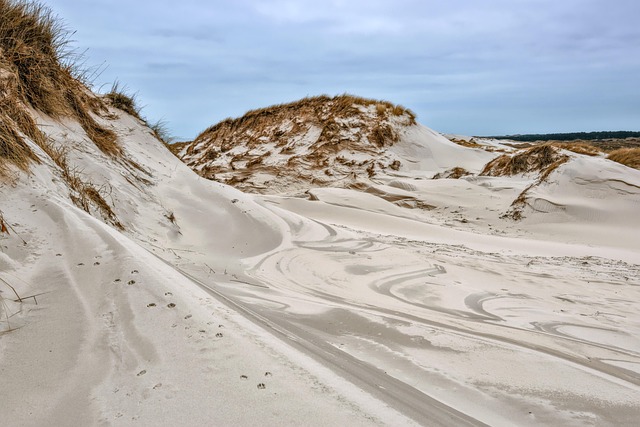As the sun rises over the horizon, casting a warm golden hue across the delicate ecosystems that thrive near our coastlines, it becomes painfully clear just how imperative landscape protection is in the face of climate change. Coastal environments are among the most beautiful and biologically diverse areas on our planet. The mesmerizing blend of ocean, land, and air creates a tapestry that is not only visually stunning but also crucial for our survival. However, as climate change accelerates, these landscapes face unprecedented threats that jeopardize their existence.
The implications of climate change are far-reaching, particularly for regions at sea level, where rising tides and increased storm intensity can reshape the very land we cherish. Wetlands, beaches, and coastal forests serve as buffers against storm surges and natural disasters, but they are also some of the most vulnerable ecosystems. Landscape protection efforts are essential in safeguarding these areas from degradation and destruction. Initiatives such as establishing protected areas, promoting reforestation, and restoring degraded habitats are vital to maintain the integrity of our coastal ecosystems.
Engaging local communities in landscape protection is equally crucial. When people feel a connection to their environment, they are more likely to invest time and resources into its preservation. Education and awareness programs can empower individuals to understand the importance of their natural surroundings. Through community workshops and volunteer programs, we can foster a sense of responsibility that transcends generations, encouraging individuals to take part in the landscape protection movement.
Furthermore, collaboration among various stakeholders—governments, scientists, organizations, and citizens—forms the backbone of effective climate change mitigation strategies. Sharing knowledge and resources can lead to innovative solutions for protecting landscapes at risk. Research and technological advancements provide us with the tools needed to monitor changes in our environment and develop adaptive management strategies that will enhance our resilience against climate impacts.
Investing in sustainable practices is another facet of landscape protection. By promoting eco-friendly tourism, sustainable agriculture, and responsible fishing practices, we can ensure that economic development does not come at the expense of our natural beauty. Protecting the environment should not be viewed as a hindrance to progress; rather, it should be perceived as an opportunity to create balance between nature and human activity.
Now, more than ever, is the time to unite in our efforts towards landscape protection. As stewards of the earth, we owe it to ourselves and future generations to cherish and safeguard the pristine beauty of our coastal landscapes against the relentless march of climate change. In doing so, we not only protect our environment but also enrich our lives, providing a legacy of natural wonders for those who come after us. Together, we can ensure that the vibrant landscapes that define our coastline remain intact for years to come, continuing to inspire and nurture the human spirit.




